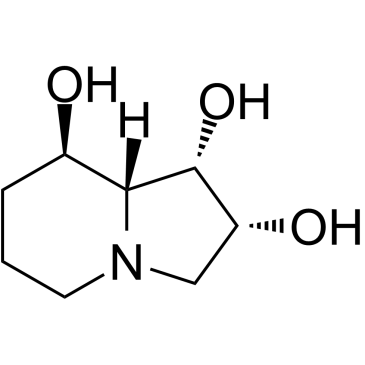| Structure | Name/CAS No. | Articles |
|---|---|---|
 |
swainsonine
CAS:72741-87-8 |
|
 |
Saccharopine
CAS:997-68-2 |